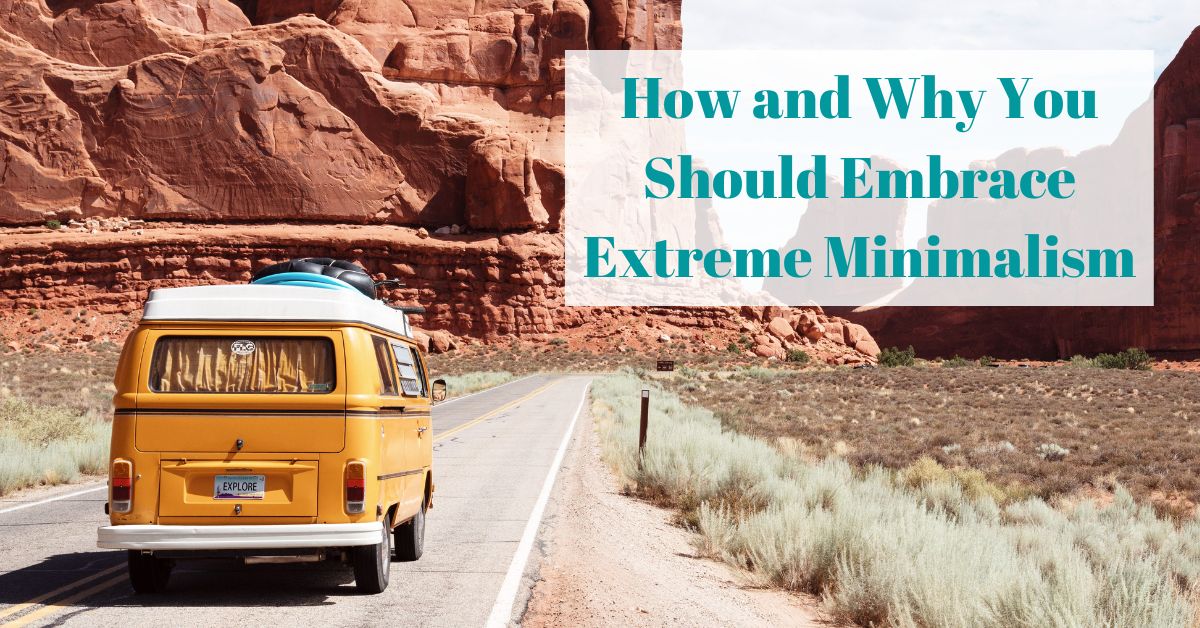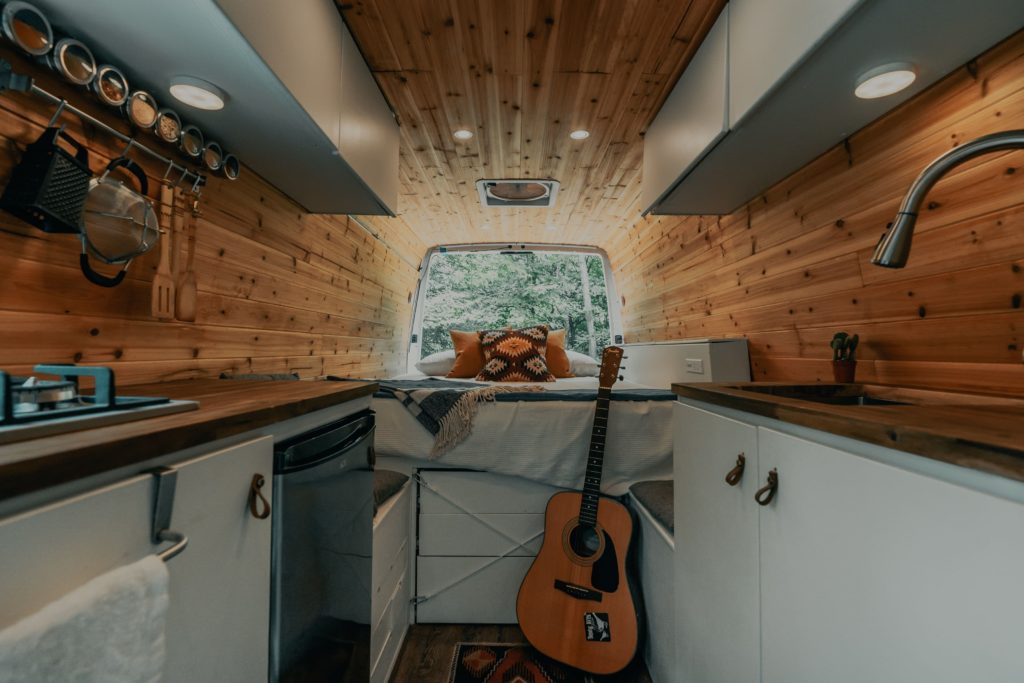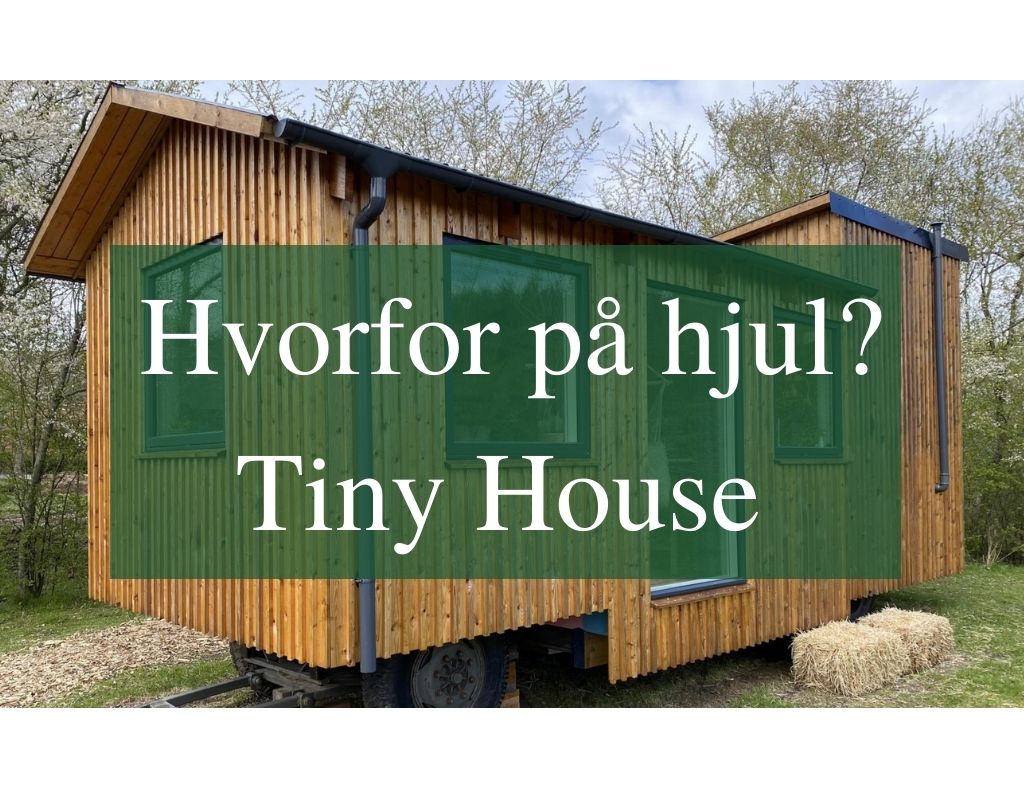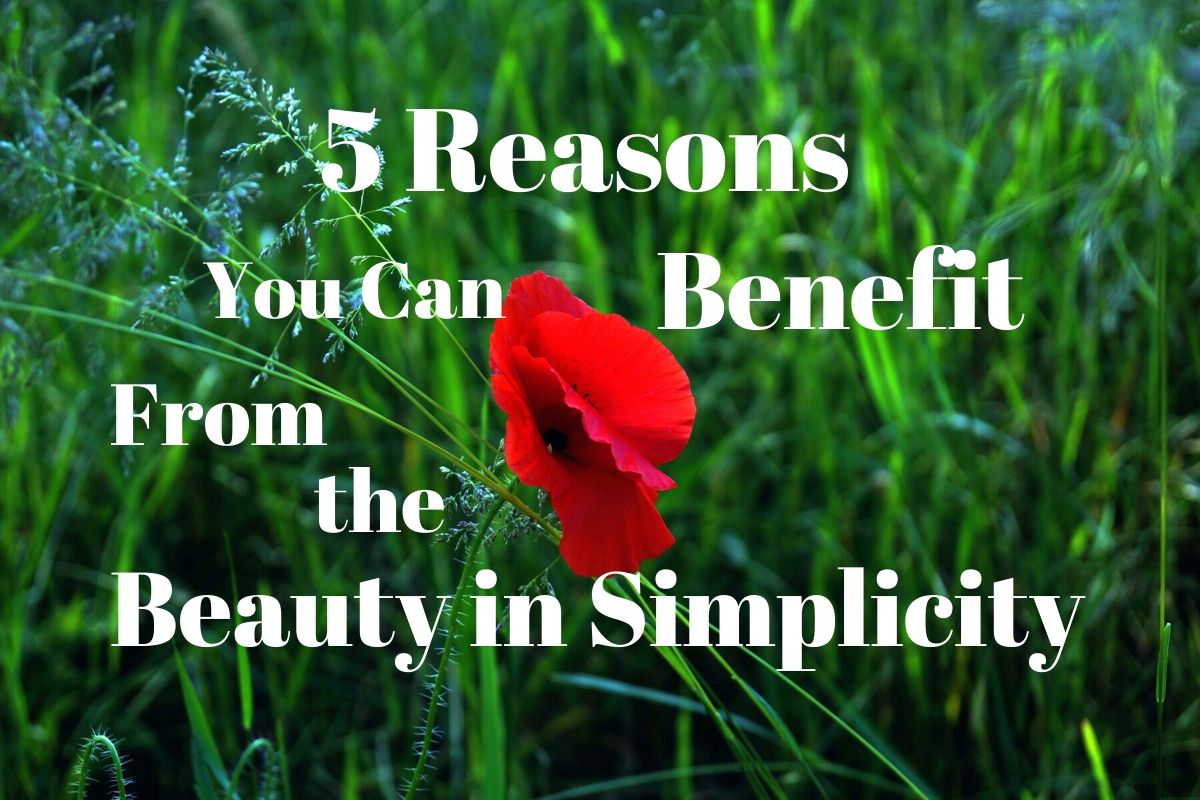
How and Why You Should Embrace Extreme Minimalism and Live with Only the Essentials
Extreme minimalism, also known as extreme downsizing or minimal living, is a lifestyle choice that involves getting rid of the majority of your possessions and living with only the bare essentials.
This can take many forms, such as living in a tiny house, RV, or even a converted van. The tiny house movement, in particular, has gained popularity in recent years as a way to live a more sustainable and affordable lifestyle.
5 Examples of Extreme Minimalisme:
1 – Living in a tiny house: A tiny house is a small, portable dwelling typically built on a trailer and ranging in size from 100 to 400 square feet.
Many tiny house dwellers embrace extreme minimalism as a way to live more sustainably and affordably.
2 – Traveling in a converted van: Some people embrace a nomadic lifestyle by converting a van into a tiny home on wheels and traveling around the country.
This can involve getting rid of most of your possessions and living with only the essentials.
3 – Practicing a “capsule wardrobe”: A capsule wardrobe is a collection of a few essential items of clothing that can be mixed and matched to create a range of outfits.
The goal is to get rid of most of your clothing and only keep a few key pieces.
4 – Decluttering and simplifying your home: Some people practice extreme minimalism by getting rid of most of their possessions and only keeping a few essential items.
This can involve decluttering your home and getting rid of items that you no longer use or that don’t bring you joy.
5 – Living in a minimalist apartment: Some people embrace minimalism by living in a small apartment and only keeping a few essential possessions.
Beginning such a lifestyle can mean getting rid of items that take up a lot of space, such as large furniture or decorative items.

Extreme Minimalism – Pros and cons
Pros:
There are many pros to living an extremely minimalist lifestyle, such as having lower living expenses and a smaller ecological footprint.
With fewer possessions, you have less stuff to maintain, clean, and insure, which can save you time and money.
Minimal living can also give you the freedom to travel or move more easily, as you won’t be tied down by a large home and all the possessions that go with it.
Additionally, living with fewer possessions can be a form of self-care, as it allows you to declutter your physical space and your mind.
By getting rid of things that are no longer useful or meaningful, you can create a more peaceful and organized environment that is easier to manage.
Cons:
However, there are also some potential downsides to extreme minimalism. For one, it can be difficult to get rid of certain possessions, especially if they have sentimental value.
It can also be challenging to find enough storage for all of your possessions in a tiny house or RV, which may require creative solutions or compromises.
Additionally, living in a small space can be a major adjustment, and it may not be suitable for everyone. It can be difficult to host guests or have privacy, and you may have to give up certain amenities that you’re used to in a larger home, such as a full kitchen or a separate bedroom.
Fortunately, after three years in our Tiny House, we’re still going strong and loving it!
Do famous people embrace extreme minimalism?
There are many famous people and couples who have embraced the tiny house lifestyle as a way to live a more minimalist and intentional life.
One such couple is Foster Huntington and Alyssa Logan, who became known for their “van life” journey documented on social media.
Huntington and Logan sold most of their possessions and converted a van into a tiny home, traveling around the United States and documenting their adventures online.
Another well-known tiny house enthusiast is Joshua Fields Millburn, one half of the duo known as “The Minimalists.” Millburn and his business partner, Ryan Nicodemus, have written several books on minimalism and have a large online following.
Millburn and Nicodemus have also appeared on numerous television shows and podcasts to discuss their minimalist lifestyle and the benefits of living with less.
Another example of extreme minimalism is Colin Wright, a writer, and speaker who has lived in over 50 countries and has embraced a nomadic lifestyle.
Wright has written extensively about his experiences living with only a few hundred possessions and the freedom and flexibility it has given him. Also with a simplistic website.
Conclusion
In conclusion, extreme minimalism is a lifestyle choice that involves getting rid of the majority of your possessions and living with only the bare essentials.
While there are many pros to living a minimalist lifestyle, such as lower living expenses and a smaller ecological footprint, it can also be challenging to get rid of certain possessions and to adjust to living in a small space. Ultimately, whether or not extreme minimalism is right for you will depend on your personal values and priorities.
You may also be interested in: ‘5 reasons you can benefit from the the beauty in simplicity’.

